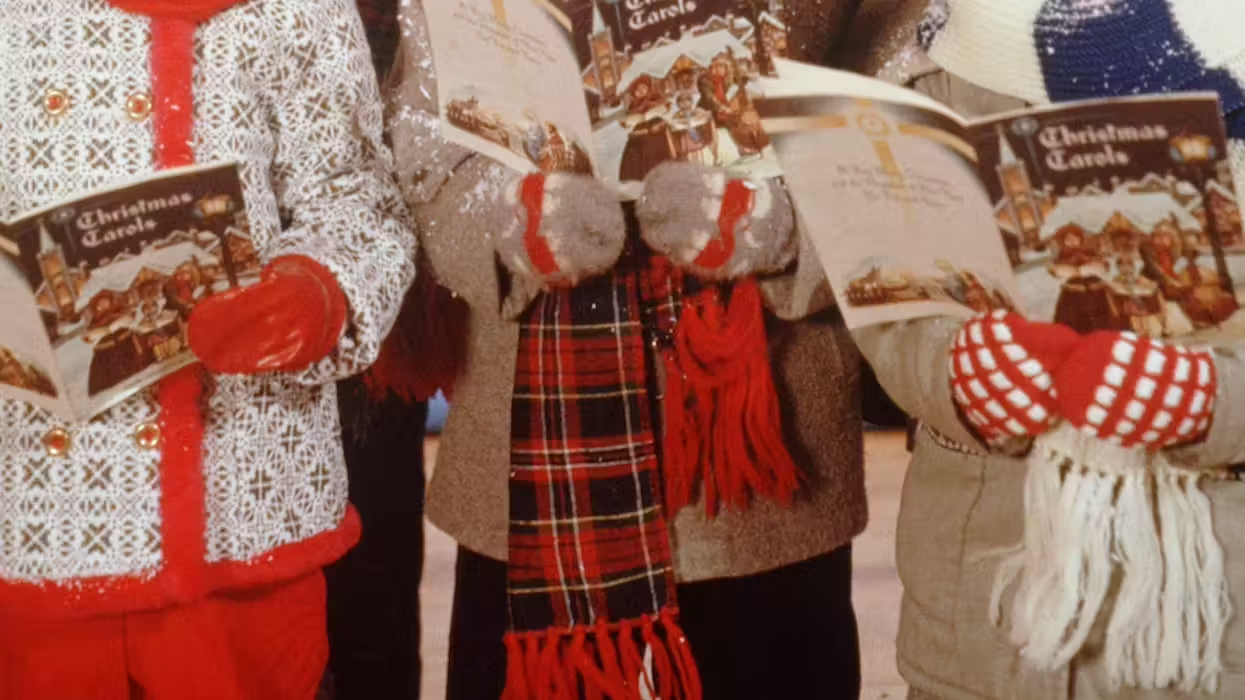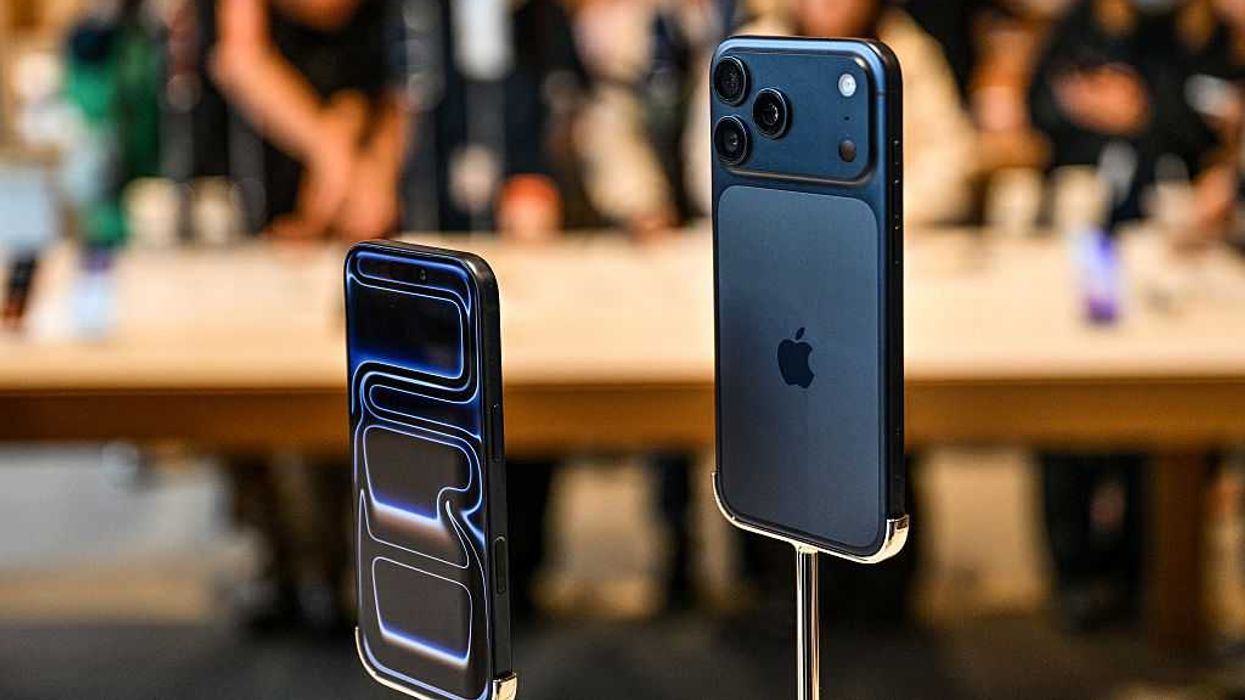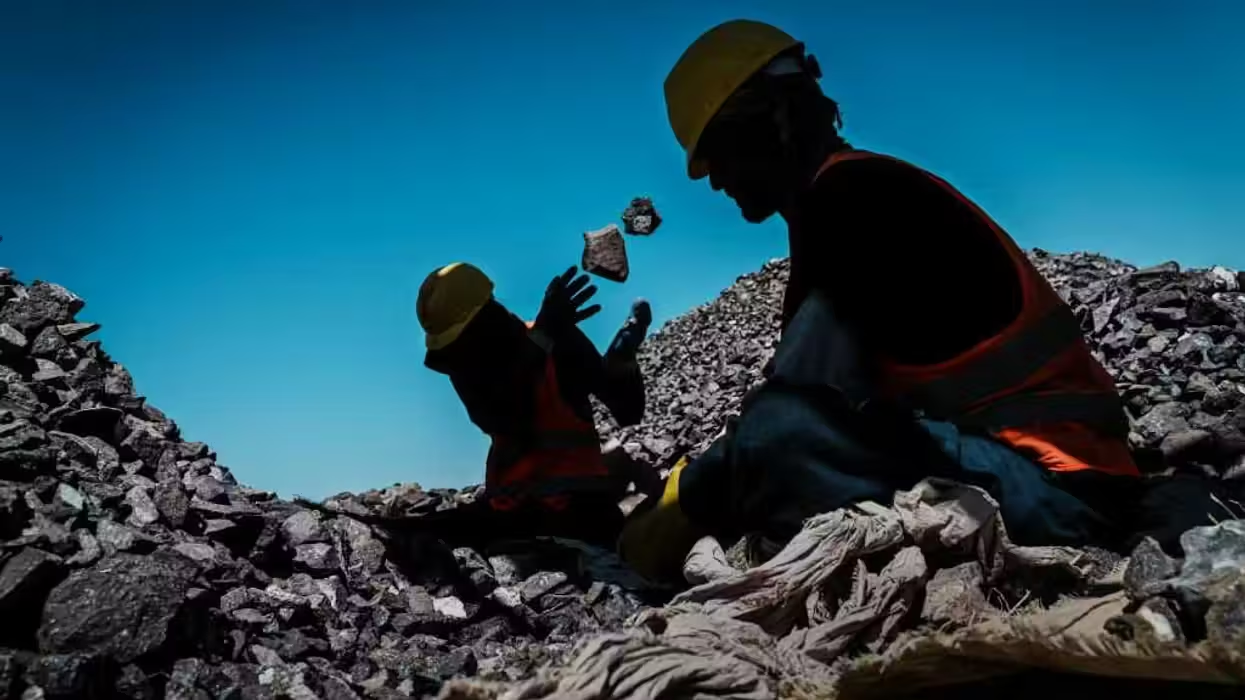
© 2025 Blaze Media LLC. All rights reserved.
"We still have a lot to learn from our ancestors."
A bit of ancient nanotechnology is being applied to substance detection research today.
The technology in question is exhibited in a 1,600-year-old Roman goblet that appears a green color when lit from the front and a red color when lit from behind. How the Lycurgus Cup -- named for a scene on it involving King Lycurgus -- achieved this multicolored feat remained a mystery to scientists until the 1990s, according to Smithsonian Magazine.
 The Lycurgus Cup changes color depending on how the light hits it thanks to an embedded nano-technique. Recent research is revealing modern uses for a similar technique in disease and substance detection. (Photos: The British Museum)
The Lycurgus Cup changes color depending on how the light hits it thanks to an embedded nano-technique. Recent research is revealing modern uses for a similar technique in disease and substance detection. (Photos: The British Museum)
How'd they do it? Smithsonian explains further:
They’d impregnated the glass with particles of silver and gold, ground down until they were as small as 50 nanometers in diameter, less than one-thousandth the size of a grain of table salt. The exact mixture of the precious metals suggests the Romans knew what they were doing—“an amazing feat,” says one of the researchers, archaeologist Ian Freestone of University College London.The ancient nanotech works something like this: When hit with light, electrons belonging to the metal flecks vibrate in ways that alter the color depending on the observer’s position.
Modern researchers hope to tap into this technique to diagnose diseases.
"The Romans knew how to make and use nanoparticles for beautiful art,” Gang Logan Liu with the University of Illinois, Urbana-Champaign said, according to the magazine. “We wanted to see if this could have scientific applications."
The researchers believed different liquids in the cup would have an impact on the electrons and therefore the cup's color. Naturally, they couldn't experiment with this theory using the cup itself, so they sprayed the gold or silver nanoparticles on plastic wells, creating what Smithsonian dubbed "ultra-miniature Lycurgus Cups."
With their experiments of different solutions, the researchers found it 100 times more sensitive at detecting different levels of salt than current sensors.
In addition to an application for disease diagnosis, Smithsonian states that it could be used to evaluate liquids being carried onto airplanes as well.
The British Museum, which has had the Lycurgus Cup since the 1950s, says it is the only complete example of "dichroic" glass. The museum states that the "cage" like design of the cup was formed from a thick piece of blank glass that was then cut and ground to leave the high relief.
The structure of the cup and its nanotechnology, according Forbes, prove "we still have a lot to learn from our ancestors."
See more of the unusual cup in this video:
(H/T: Huffington Post)
--
[related]
Want to leave a tip?
We answer to you. Help keep our content free of advertisers and big tech censorship by leaving a tip today.
Want to join the conversation?
Already a subscriber?
more stories
Sign up for the Blaze newsletter
By signing up, you agree to our Privacy Policy and Terms of Use, and agree to receive content that may sometimes include advertisements. You may opt out at any time.
Related Content
© 2025 Blaze Media LLC. All rights reserved.
Get the stories that matter most delivered directly to your inbox.
By signing up, you agree to our Privacy Policy and Terms of Use, and agree to receive content that may sometimes include advertisements. You may opt out at any time.





